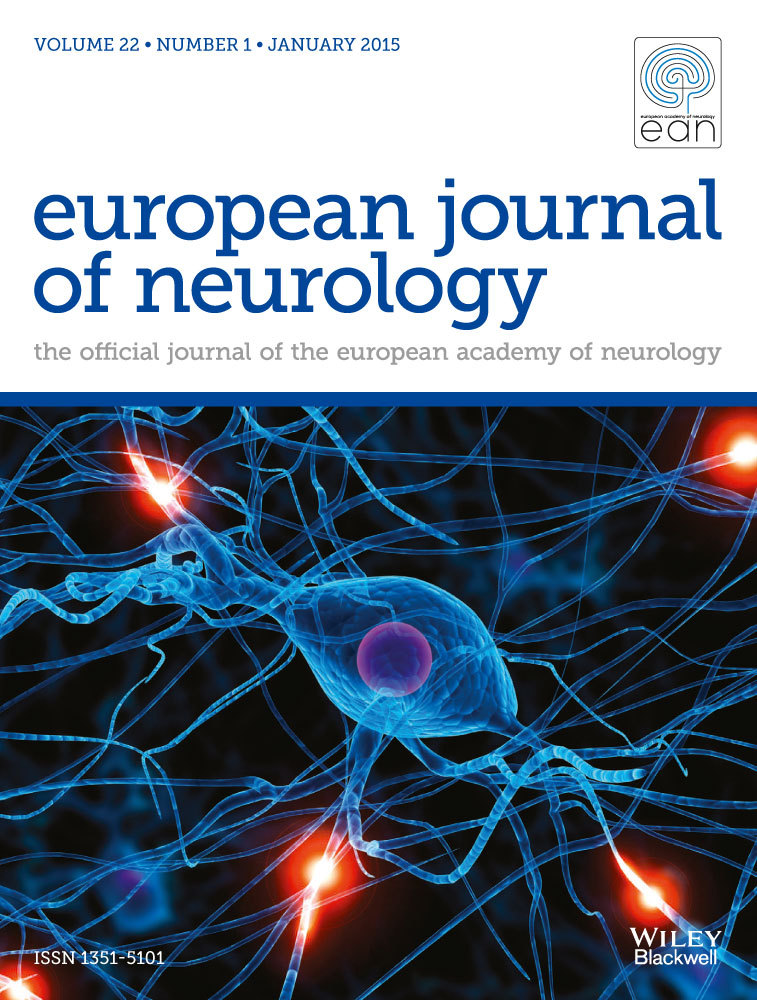Cerebrotendinous xanthomatosis: A complex interplay between a clinically and genetically heterogeneous condition
Abstract
Background and Purpose
Cerebrotendinous xanthomatosis (CTX) is a rare autosomal recessive lipid storage disease characterized by abnormal bile acid synthesis. It often presents with systemic and neurological manifestations; however, atypical presentations can lead to significant diagnostic challenges. This case report highlights the diagnostic complexities and management considerations in a patient with an uncommon presentation of CTX.
Methods
We present a patient with a 25-year history of spastic paraparesis, initially suggestive of hereditary spastic paraplegia (HSP), ultimately diagnosed with CTX associated with a novel CYP27A1 variant of uncertain significance (VUS).
Results
A 53-year-old Greek woman presented with a 25-year history of slowly progressive spastic paraparesis. Initial investigations were largely unremarkable, leading to a presumptive diagnosis of a hereditary spastic paraplegia (HSP)-like syndrome. After 5 years of slow disease progression, the patient developed right ankle swelling. MRI revealed significant enlargement of the Achilles tendon, suggestive of xanthoma infiltration. Subsequent genetic testing identified a homozygous variant of uncertain significance (VUS) in the CYP27A1 gene. Biochemical analyses revealed elevated cholestanol levels and cholestanepentol glucuronide in urine, confirming the diagnosis of CTX. Treatment with chenodeoxycholic acid stabilized her condition over 3 years, but advanced disease limited efficacy in improving disability.
Conclusion
This case highlights the diagnostic challenges associated with CTX, stemming from its relative rarity and significant clinical heterogeneity. It emphasizes the importance of a comprehensive approach combining clinical suspicion, imaging, genetic testing and biochemical analyses for accurate diagnosis, interpretation of VUS and management of rare conditions like CTX.


 求助内容:
求助内容: 应助结果提醒方式:
应助结果提醒方式:


